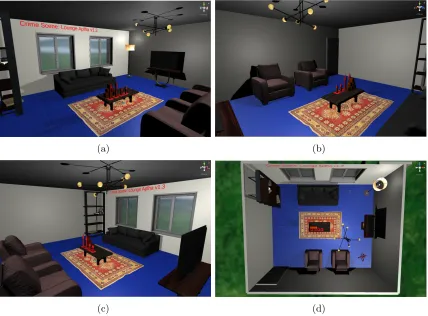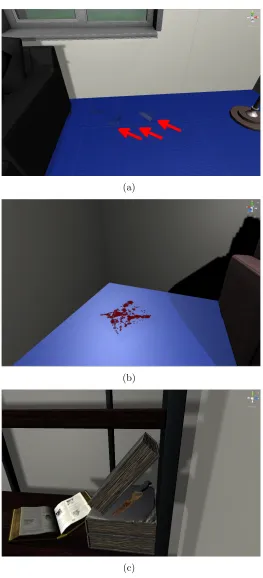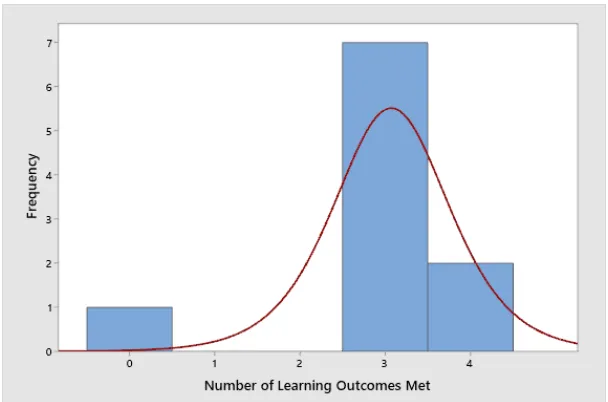Virtual Reality for Teaching and Learning in Crime Scene Investigation
Full text
Figure



Related documents
ZCAS’ comparative brand position in the Zambian higher education sector: In order to investigate the second research objective regarding the current position of the
Exige estrategias complejas -atender a los aspectos globales del texto: macroestructurales, superestructurales y del modelo de situación, en la terminología de van Dijk
The increased adoption of EHRs among providers along with enhanced completeness of clinical data has led researchers to design clinical trials based on prospectively
uporabljanje čiščenja podatkov – v izogib slabi kakovosti podatkov, je potrebno pred uporabo v sistemih za obvladovanje goljufij počistiti podatke; učinkovito zaznavanje
These outcomes show that the proposed two-stage model results in a smaller reserve cost than that of the deterministic reference model as a result of procuring a smaller amount
Oldroyd discovered that if you don’t reach your lead within 24 hours, the best response to the various media campaigns is from the good old-fashioned phone call.. Businesses tend to
tonkinensis , but the new spe- cies differs from the latter in its elliptic or narrowly elliptic or slightly oblanceolate leaves (leaves in D. tonkinensis are ovate to
